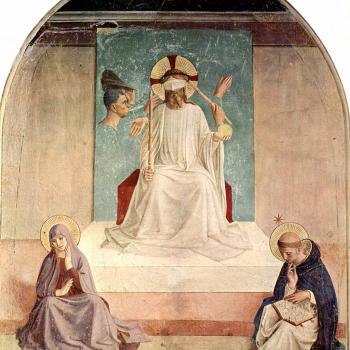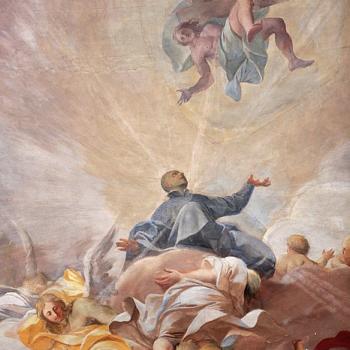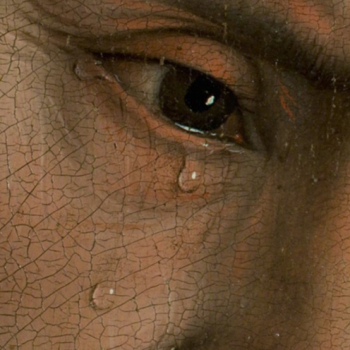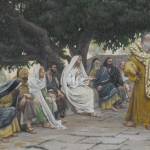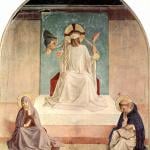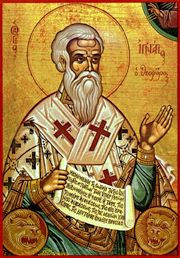 One of the major difficulties that people have with the Catholic faith is the role that saints play in the lives of individuals. This was certainly a major issue in my own journey to join the Church. I always feared that by emphasizing the saints that somehow I would be taking emphasis off of Jesus.
One of the major difficulties that people have with the Catholic faith is the role that saints play in the lives of individuals. This was certainly a major issue in my own journey to join the Church. I always feared that by emphasizing the saints that somehow I would be taking emphasis off of Jesus.
This understanding missed the point. The Christian life is not a zero-sum game.
In truth, the saints are Christ’s body extended through the church. They are a way we can meet Christ through the lives of those who have extended his love and the joy of the Gospel to different times, and into different cultures.
Saints teach us how to love Christ in new ways and with new eyes.
This is what Scott Hahn’s latest book, Angels and Saints, is all about. It’s a brief look at what saints are theologically and who they are as individuals. It briefly introduces a few saints that have been influential to Hahn and invites the reader into the spiritual practice of hagiography (the study of saints).
Today I have happy to be a participant in the blog tour for the book. My fellow bloggers and I have been exploring the lives of some of the saints discussed in the book.
The saint I choose was Ignatius of Antioch.
In many ways Ignatius was the gatekeeper in my own journey to the Catholic faith. One of my mentors from years ago was a Catholic Bible scholar named Peter Williamson. I would meet with Peter on Saturday mornings and we would read through the Bible and talk about it together. One day, instead of reading a book of the Bible, Peter brought a print-out of Ignatius of Antioch. He told me that this man was one of the first Christian writers after the apostles, and that he gave us a glimpse of the Early Church.
I read through Ignatius’ letters and was shocked with what I heard. This man clearly had a great love for the faith and for the Church, as I had expected, after all he was one of the men martyred for their faith. However, he had a vision for what the faith looked like that was much larger than I had imagined. I had grown up believing that the early Church was made up of small, independent house Churches, which I imagined looked and sounded a lot like my protestant Church. Ignatius spoke of the Church as “catholic,” he described the worship as centered on the Eucharist, he defines the Christian life with liturgical terminology, he looks to Bishops as the center of a community’s life together, and points to the Church in Rome as the teacher and father of all the churches.
In short Ignatius gave me a glimpse of the life of the early church, and that glimpse looked disturbingly more like the Catholic Church then it looked like the protestant churches I had been involved with.
Encountering Ignatius was both disturbing and compelling. He began a journey into the church fathers in my own life that began to change how I understood the Church and eventually led me to become Catholic. He opened my eyes to the life of Jesus in new ways that challenged me, and inspired me to a way of life of Greater love and a deeper commitment to the Gospel.
This is why he is a saint!
You can read more about St. Ignatius of Antioch and other great saints in Hahn’s new book, and read the rest of the blog tour here.



